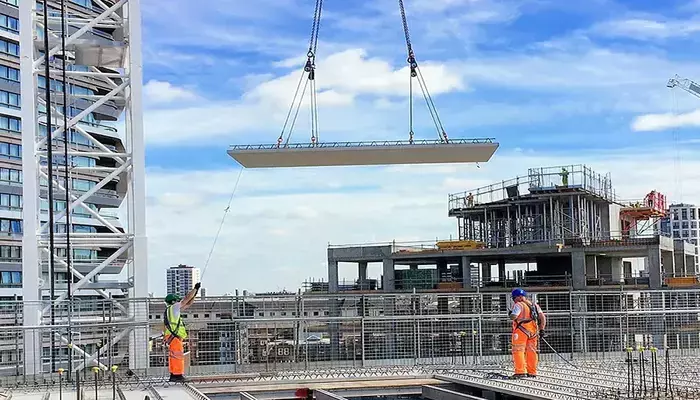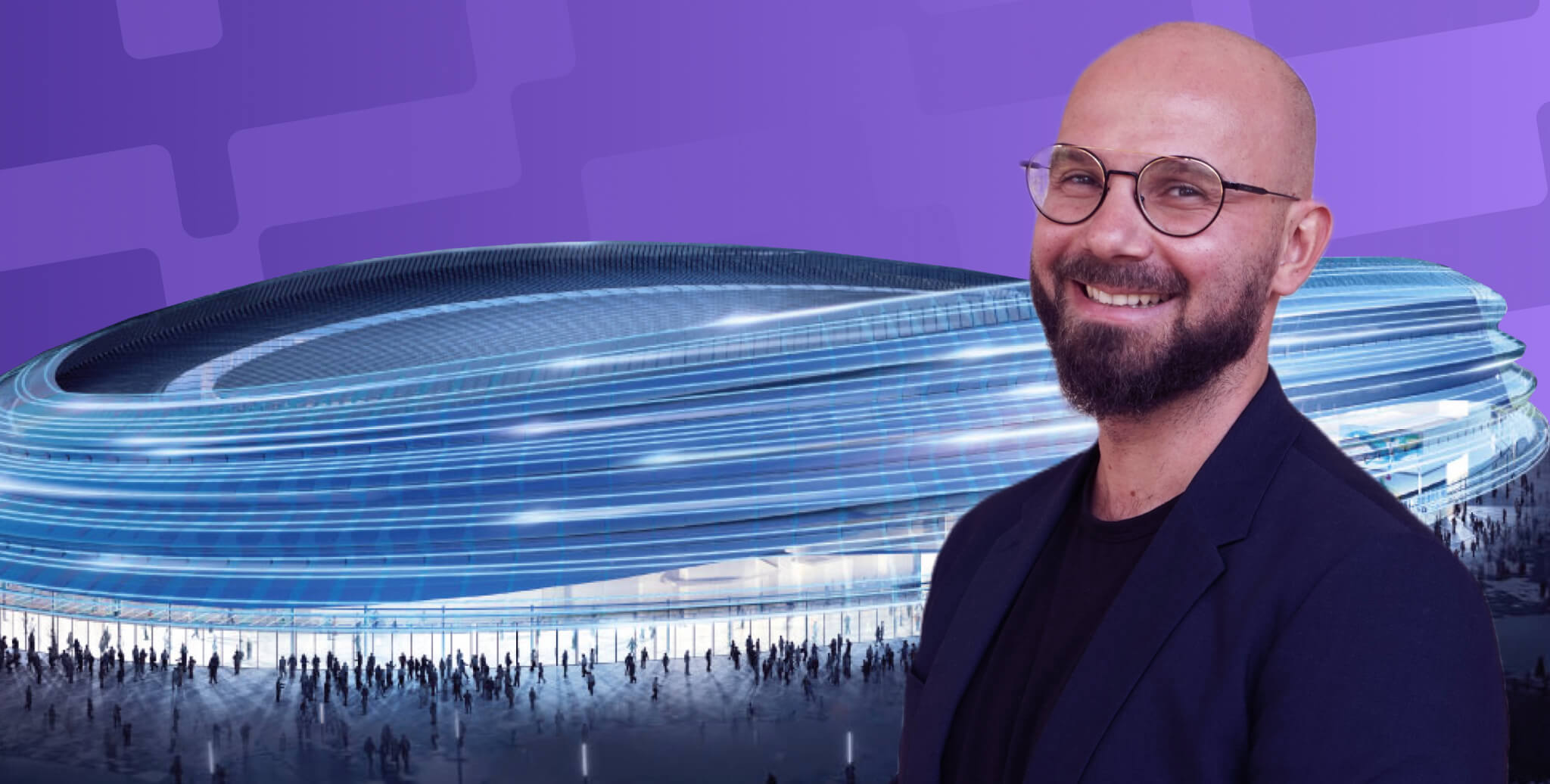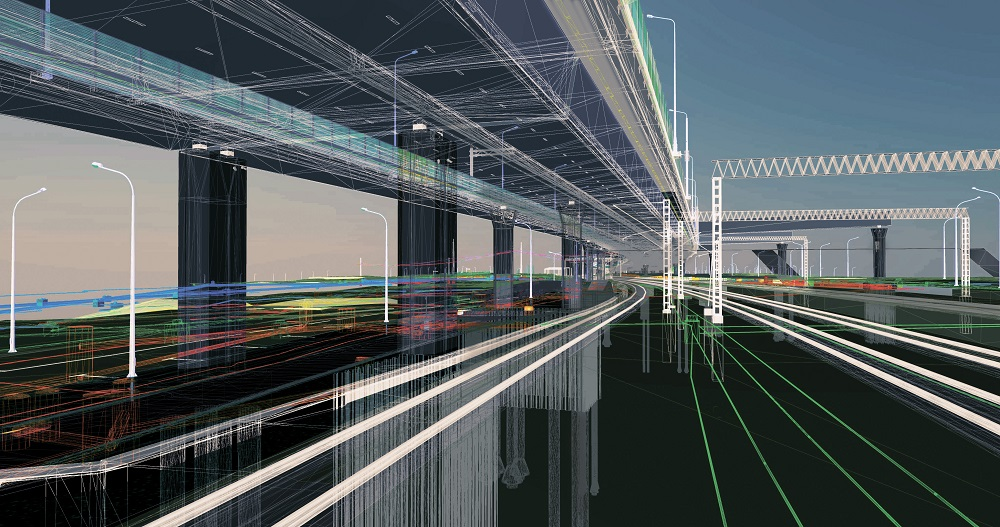Practising Sustainability and Biomimicry in Architecture | Interview with Pablo Luna
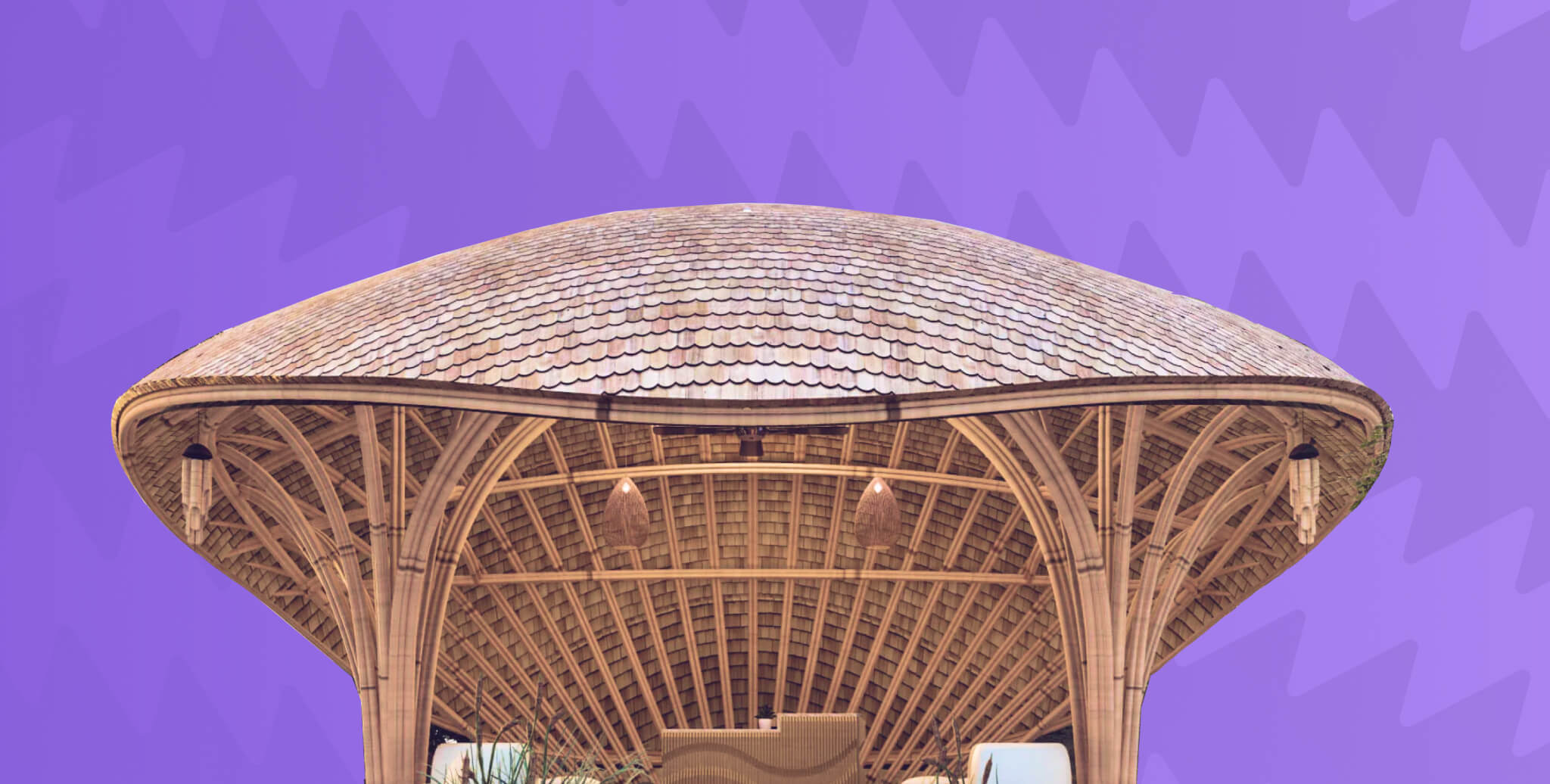
Table of Contents
1. Would you like to share with us your definition of sustainability, since we know that the term is still interpreted by various architects in many ways?
This is a passionate topic for me. I feel that it's better to start by understanding what environmentalism is, because sometimes there is a confusion between sustainability and environmentalism.
Environmentalism is a sociopolitical movement that cares about the protection of nature. Then you have ecology, which is the interaction between mankind and the environment, both of which are very important parts of sustainability.
Sustainability has different pillars. First is the economy, then the social context, then the environment, then the health and longevity of your clients and buildings, etc. In summary, sustainability would be the ability to achieve sustained economic prosperity over time while protecting the natural ecosystems of our planet and providing a high quality of life for the people.
We can go deeper into these different pillars of sustainability. For example, for me, the economy is the basis of everything today. You need to be able to provide economic sustainability by finding a fine balance between the cost of construction for your client, the environment, and the residual benefits construction seeks to get.
For example, understanding the cost of construction, the labour, and how to furnish the materials is a very important part of sustainability. This is just one aspect. Apart from this, you need to look at the land, your ecological footprint on the land e, what materials you are choosing, etc. There is a lot of research which needs to be done on achieving balance and how to bring all of those pillars together because we need to understand that sustainability is a human-made concept.
If we want to talk about the core of sustainability, we are talking about protecting our human livelihood at this point. So with that basis, we can keep delving deeper into concepts like social sustainability, that is to design buildings that promote interior harmony, healthy coexistence with the exterior or integrative technology that allows for minimal energy expenditure. The key is to create systems which reduce the amount of energy within the building so that it's easy to maintain.
It has to be looked at from the material perspective, but at the same time from our human experience of the spaces.
2. How do these concepts and this definition of sustainability inform your life and your work as an architect?
I feel like they inform my life through the way I eat. I'm talking about sustainable living. Eating healthy, knowing where my water is coming from, the way I treat others. Because ultimately that has future repercussions in how I treat myself. We're all humans and we have our own internal challenges. I feel that allows you to look beyond you and see the multiple relationships among everything.
For me, how I approach challenges as an architect is to always seek new alternatives, new approaches, seeing what other people are doing, learning from them, having a healthy ego and not believing that we have all the answers.
I think that's a huge point for me to always be open to criticism and new ideas. You usually discover new ideas in the most unexpected of places and they really challenge you.
For example, we're trying to really tackle the roof shingles that we have here in Indonesia because we've been using mainly wood. We're trying to initiate the shift to reclaim wood. And it's really a challenge because the costs are higher. So I need to educate my clients. I need to do all the research to facilitate this construction process. This goes beyond what you will call the architect's role, but you have to go, you have to learn, you have to initiate this conversation with the clients.
3. How has technology helped you tackle the design challenges in your projects?
Technology is a beautiful question for me.
I see three types of technology. One is the ancient construction techniques, understanding how your team works, the construction team works, internal mechanisms within the community etc..
Secondly, you need innovations that make a process more efficient and save energy.
And then the last part of technology today are these beautiful tools like Revit, that allow you to see your building from multiple perspectives, not just one.
So, technology has helped us a lot and we apply it in everything.
We're always training ourselves. We're also putting a lot of effort into what I would call these ancient technologies. This is because, for example, when you look at vernacular architecture, it already tells you a lot of what works there.
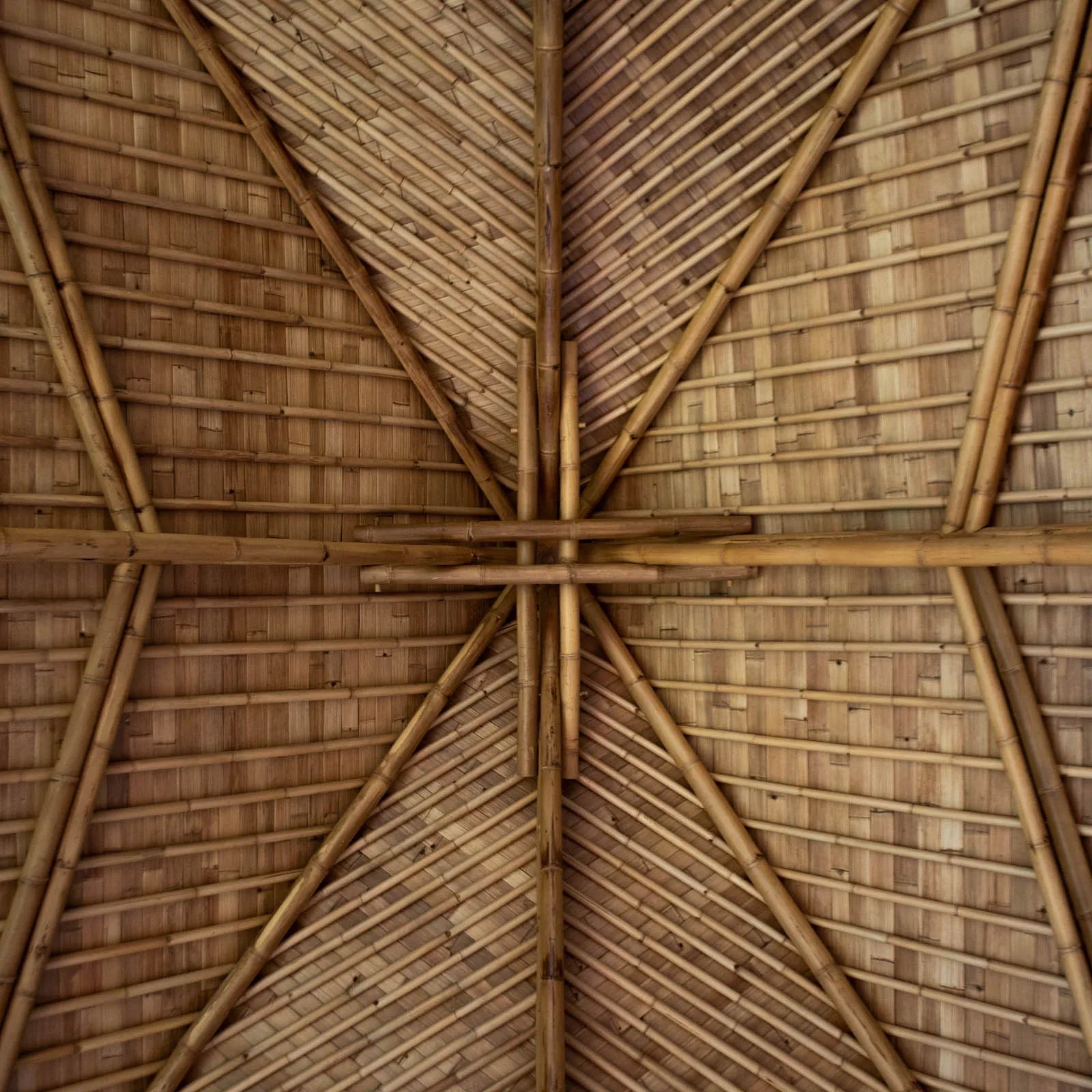
4. We know that many civilizations in the past looked towards nature for inspiration regarding their buildings and art. How do you integrate biomimicry into your design process and why do you think it’s useful for your work?
Biomimicry is extremely useful for our work because it pushes us to observe. The first point to remember is to be open enough to learn from the environment.
As you were saying about these ancient technologies, the nature, the flora, the founder, the ecosystems here already intuitively incorporate many of these mechanisms.
For example, let’s take a tree, the branches of a tree will grow in multiple directions but it's not random. It looks random when you look at it. But it's because each branch is following the sun. It's trying to get as much sun as it possibly can from all these different angles and how each branch is almost covering the next one, etc. That already gives you a lot of hints about how you can do new orientation plans, new layouts, how you can maximise the views in a challenging site or structural systems.
Here with the portobello mushroom, we implemented a design where we really understood a new way of getting higher overhangs by literally copying what we saw that the machine structure does. And it's super inspiring because sometimes we limit our range of knowledge because we feel we already understand something and don't push ourselves.
So yes, biomimicry is like a creator of new knowledge.
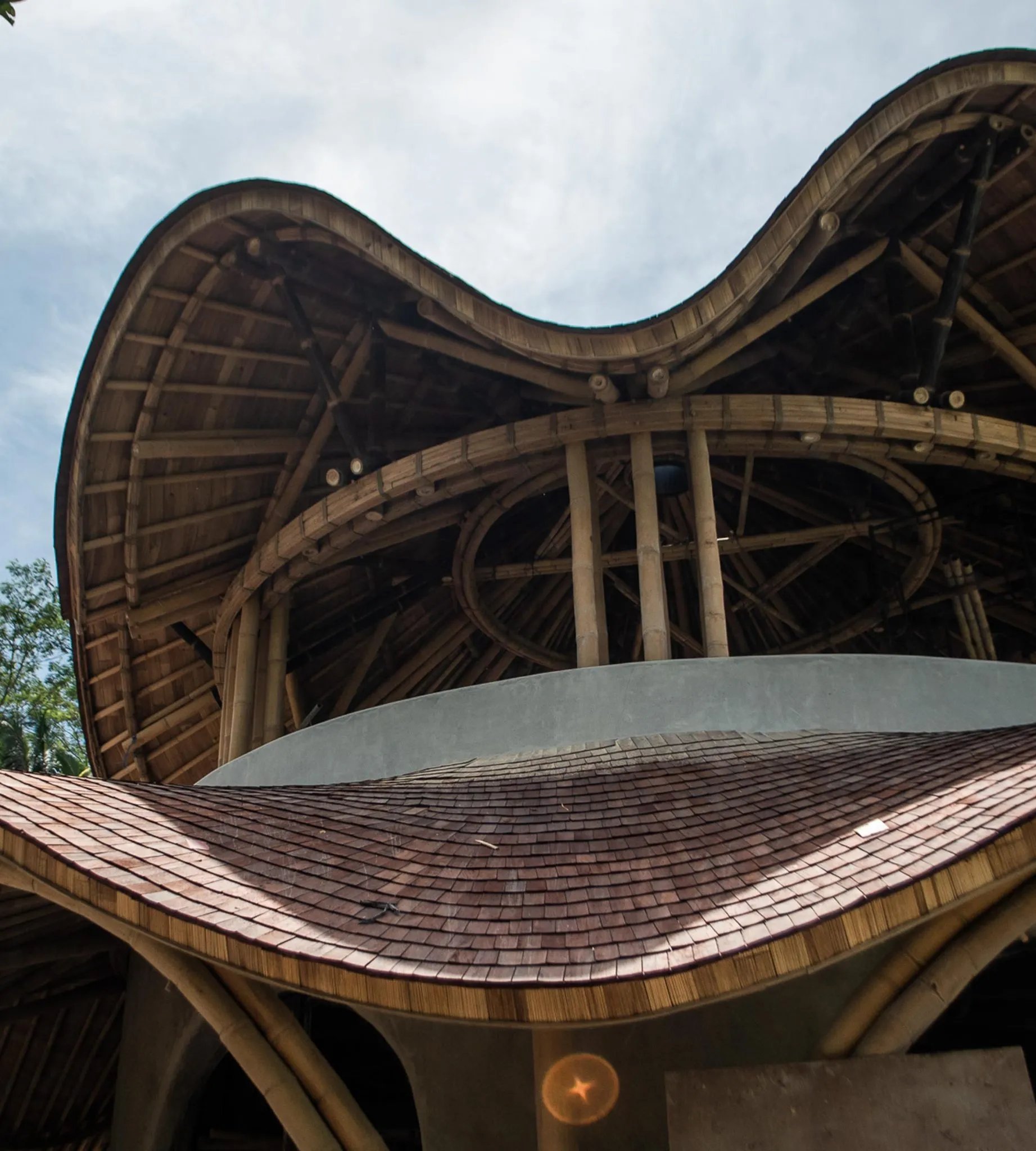
5. Now that we're talking about our projects and getting into more of what you do, which of your projects do you consider exemplary in terms of sustainable high performance design?
To tell you the truth, I feel like we're still in the journey. There is no project that I would call like this. Not at all.
But we are currently designing a retreat centre in Nusa Penida. It's already under construction. We have implemented a lot of beautiful technologies ranging from wastewater, gardens, to solar panels. We're really looking into how to channel all the water.
We are creating not just these technologies, but these relationships. We are actually working hand in hand with the client. Everybody who comes here understands that all the products are biodegradable, that the food is what we grow in the permaculture site, that no plastic is allowed unless they can prove it is extremely necessary during their stay.
So, as you walk through the retreat, you are learning about the systems. You come out from an architecture experience, empowered, educated, and you can tell the story of what is going on.
We have been very careful of choosing materials that work in relationship with this land of valleys. In this case, it's bamboo.
We're having minimal footprint. We really had strong conversations with the engineer to have a minimal foundation footprint. They are all in stilts. We're utilising earth techniques like Rammed Earth. So it's a beautiful project that I'm super proud of. It's going to be ready by the end of next year. But, there's still a lot to learn.
It depends on the context. Bringing this to any other country would not work. So it's very much on the site. I feel we have pushed ourselves, but I already see many things that we could do better in the future.
6. You just mentioned about choosing bamboo for this particular project, so I want to expand on that. Why did you choose to work with bamboo versus, for example, other traditional materials like bricks, adobe, concrete, steel, etc?
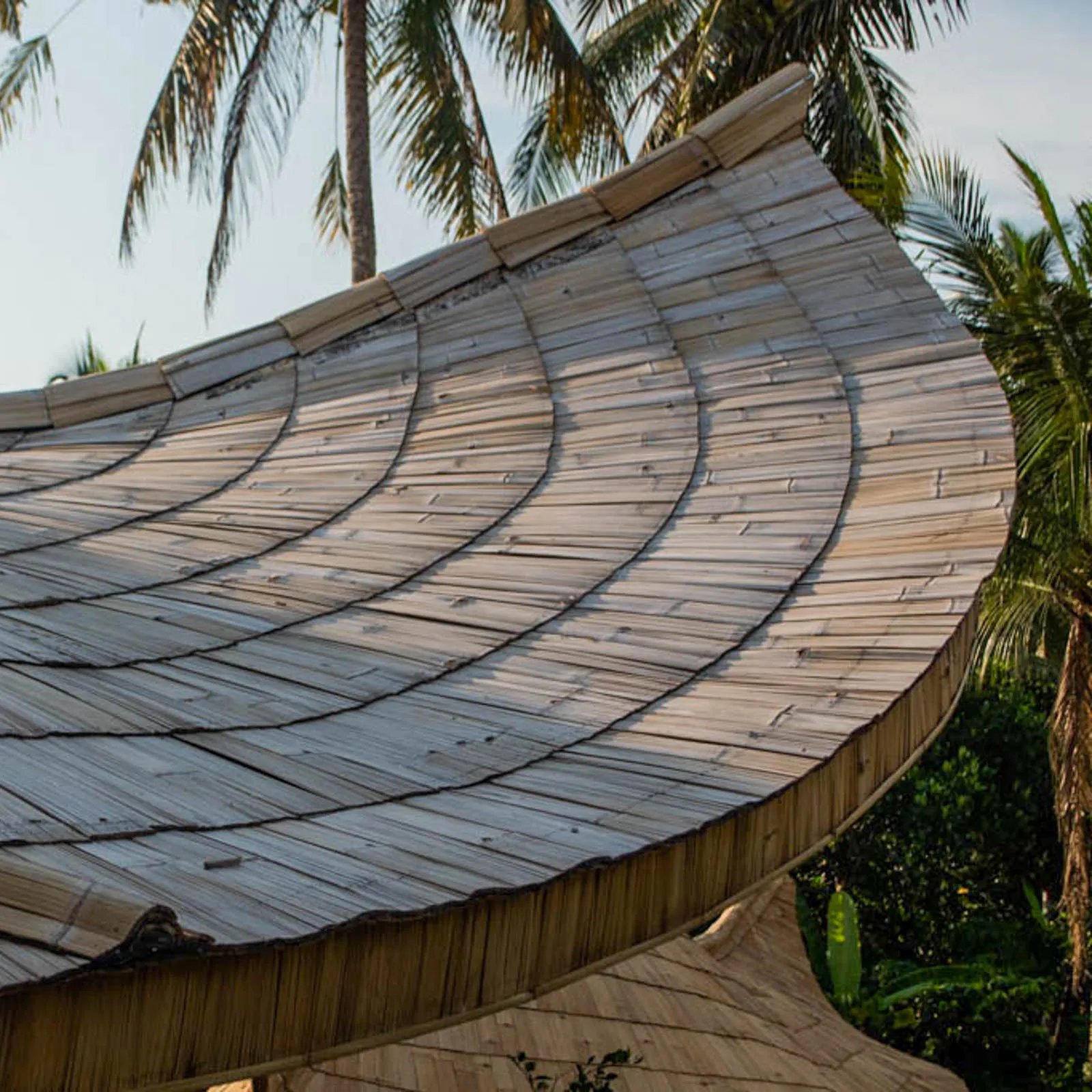
The truth is that I feel bamboo chose me, not the other way around.
I believe in our last interview, I told you briefly that I came to Bali, not knowing where I was coming from and what was happening here. I came with a very open mind. And Joan, who was my boss at the time, was really pushing for bamboo as a means of innovation and construction. I had the opportunity to learn and build with him. Bamboo really matched with what I saw as an abundant resourceful material. It is playful, unique, and can provide a new experience that the local people really know how to work with.
In all the Hindu ceremonies in Bali, bamboo is always present either in the temples or in the offerings. When you look at the history of bamboo, it has a lot of lessons within it. It has a lot of mysticism. I'm constantly surprised by it. That's the short story.
Today, of course, I'm learning about all materials. It's beautiful to find your material.
But today we are expanding. We know brick, we know Adobe, Rammed earth.
7. What do you think is one thing you wish people understood about sustainability but don't currently?
I think the number one would be what we mentioned - a relationship. It's a relationship with yourself, with your environment, with how you do things. It's not a single piece.
It's something that you need to learn because especially now, if we go more specific with new homeware products that are more energy efficient - you need to adapt yourself and it needs flexibility. I think that's the number one factor.
The second one is that sustainability is not just the environment. That is a key part, but there is also environmentalism. When we talk about sustainability, it is a cohesive whole. But for me, the real ideals in economic sustainability models are based on energy efficiency.
Some people think it is just a poetic idea, not an economic idea.
So, you need to work on your models and that's why architecture is much more than just designing a floor plan. You need to get involved in the project and how it is going to operate. What is everything behind a hotel or a sustainable community, how they really want to live.
You need to prove to your client that, for example, using a certain material will save you money in the long run. So that, for me, is where we should all constantly challenge each other as architects.
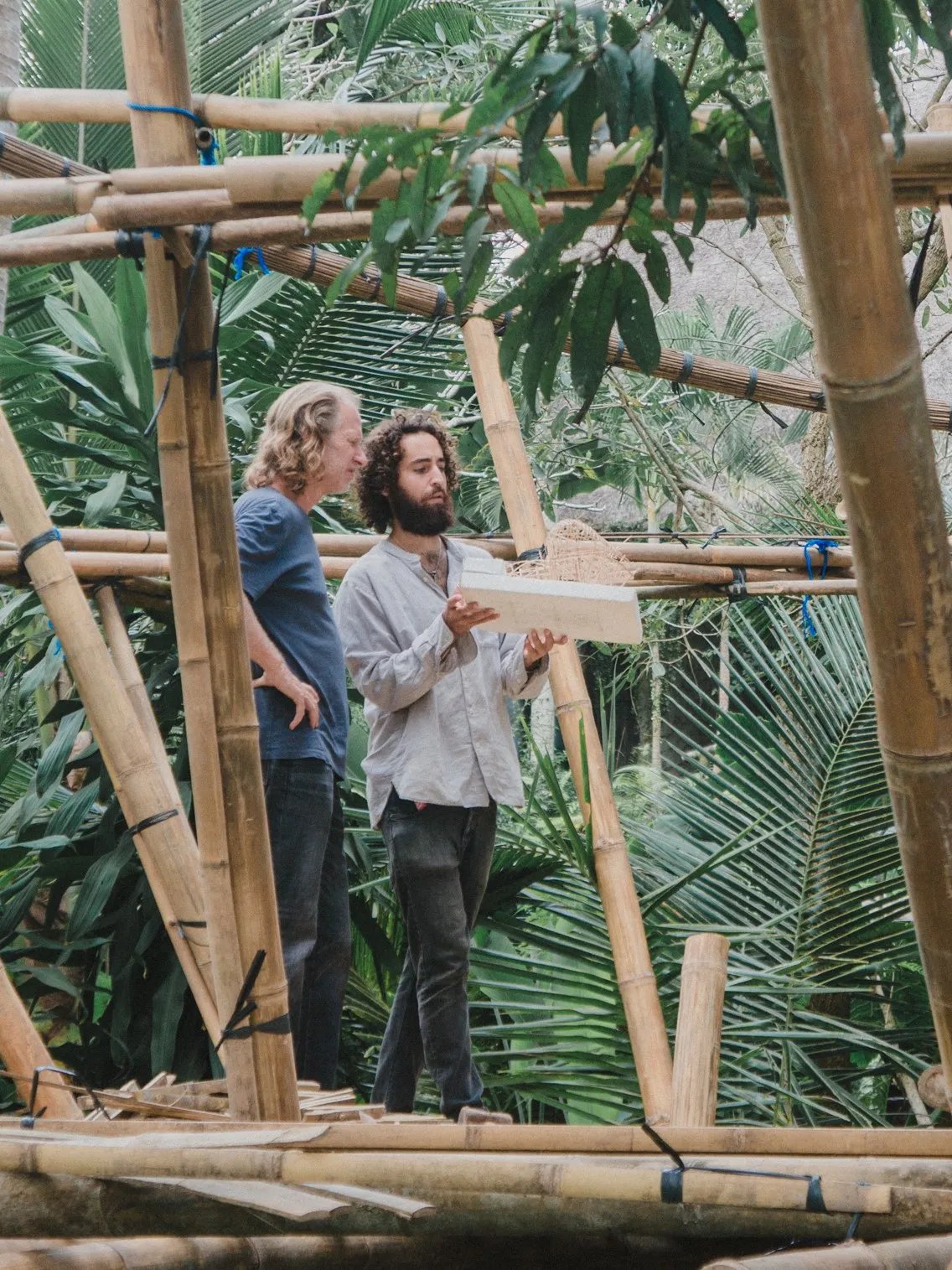
8. How do you think the market and professionals are currently approaching sustainability? Do you think that the modern approach to sustainability could change? Is there any trend that you've seen that might be going in the right direction?
I see a trend lately that I really like, which is restoring existing buildings and making them more energy efficient. I think there is going to be a huge space for architects, clients, and people to work with what we already have. I really like that. I believe some architects call them retrofits.
To tell you the truth, I feel a bit disappointed with the current state of affairs and the amount of greenwashing there.
It really challenges you. It's super easy to criticise and I think criticising is good. But at the same time, for an architect, let's say for example, you have a client and the client really wants certain things and you don't have another client, what do you do? So that's why I also don't believe in purism because you need to balance everything, you need to understand that it's like a boat. I always say that we are going towards a more sustainable future. That's the goal and you need to plan it.
So you need to present your client with all your sustainable design strategies, all these relationships, how much you care, educate them. But at the same time you need to be realistic. You cannot beat that hard on yourself and put so many rules that you end up doing nothing. So it's always a balance and every experience you learn - you try to do a little bit of innovation that can contribute to this huge cloud of knowledge where we can all learn from and pull off.
I really believe in being fully open and sharing as much as I can. We are in this together. Sometimes we believe that by sharing we are going to lose. It's the opposite. I fully see it and believe in it. We're humans and I always try to say that.
And we all have challenges, nobody's perfect, and it's a constant step forward.
9. What do you think the future architects will have to deal with in the next few decades concerning the growing climate change discussion?
I know the concerns are real for me. I see the rain in Indonesia, and in the next ten years it's going to grow 40% more. There are a lot of things that are unexpected but it all indicates that it's going to be big, everything is going to come in a higher dose.
So we need to be ready. We need to take care of what already exists, adapt, and restore existing spaces to make them more energy efficient. We also need to start looking deeper - how we work with low maintenance products that require little energy or water, what are the support, how can we research, etc.
You need to put time into research and innovation. Because if your project doesn't have 5% or 10% of innovation, be it structural mechanism, be it a material, be it a whole new relationship, we stop learning.
So I see that there is no other real solution. We are already in this loop and there are many promising technologies that are still not fully materialised. We need to start to first promote them and share them.
10. So now, according to you, what are the hard and soft skills an architect should have, to be able to work in the domain of sustainability?
First, open mindedness and to be really ready to accept critique and take it fully. I really believe it's not about what you already have accomplished or for how long. It’s about how we can do this better.
And every time you learn something, create a system for it so you don't forget. In the last conversation we were always saying it's just so much more than just designing. It’s about how to relate with your team, how you make life easier for them, etc.
So it's a lot of flexibility, a lot of open mindedness, a lot of research that you should do. That's how I see it.
11. What advice would you give to architects aspiring to work in the sector of sustainability?
I’d say work on your economic models - Economic sustainable models based on energy efficiency. So, we go from greenwashing to models that are really resilient. There is this idea that for me resonates a lot.
Before we were kind of in the pyramid of this planet - where any living being was a food for a larger living being. Today we are at the top of that pyramid, but not only that, we are also self-sufficient. So, we actually got out of that pyramid altogether.
And now the key is how to be useful in this new network that we have created and how to be a changemaker for all.
Understand that sustainability is all about relationships. It's about the relationships with your clients, your team, and all the stakeholders involved.
Go step by step - a little bit every day. Encourage each other.
Subscribe to Novatr
Always stay up to date with what’s new in AEC!
Get articles like these delivered to your inbox every two weeks.

 Thanks for connecting!
Thanks for connecting!

/827x550/images/blog/blogHero/how_to_become_a_sustainable_architect.jpg)
/827x550/images/blog/blogHero/Ami_Nigam_Oneistox.jpg)
/827x550/images/blog/blogHero/CG004_SC_WhatABIMSpecialistDoesAndHowToBecomeOne_0122_Image01.jpg)
.png)
.png)
